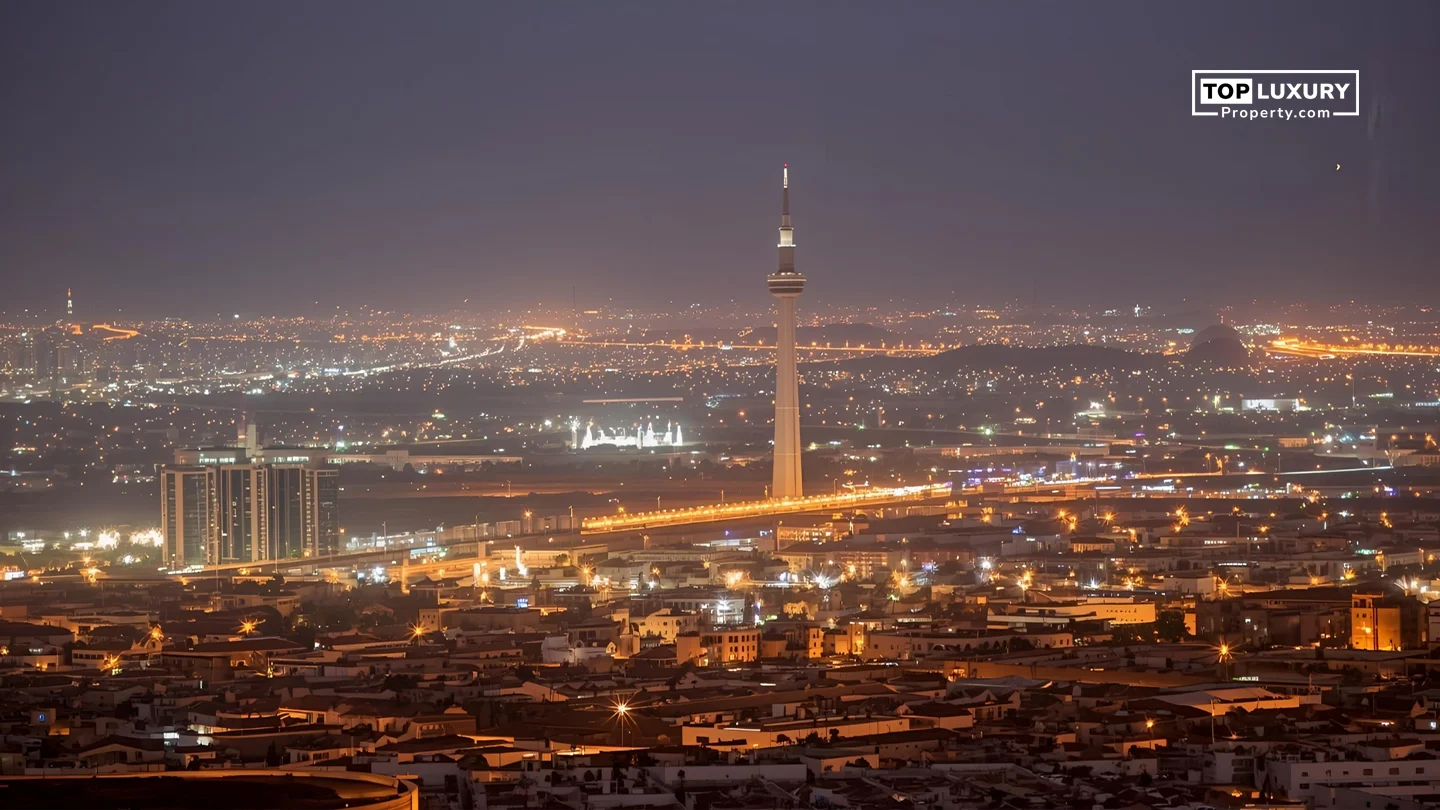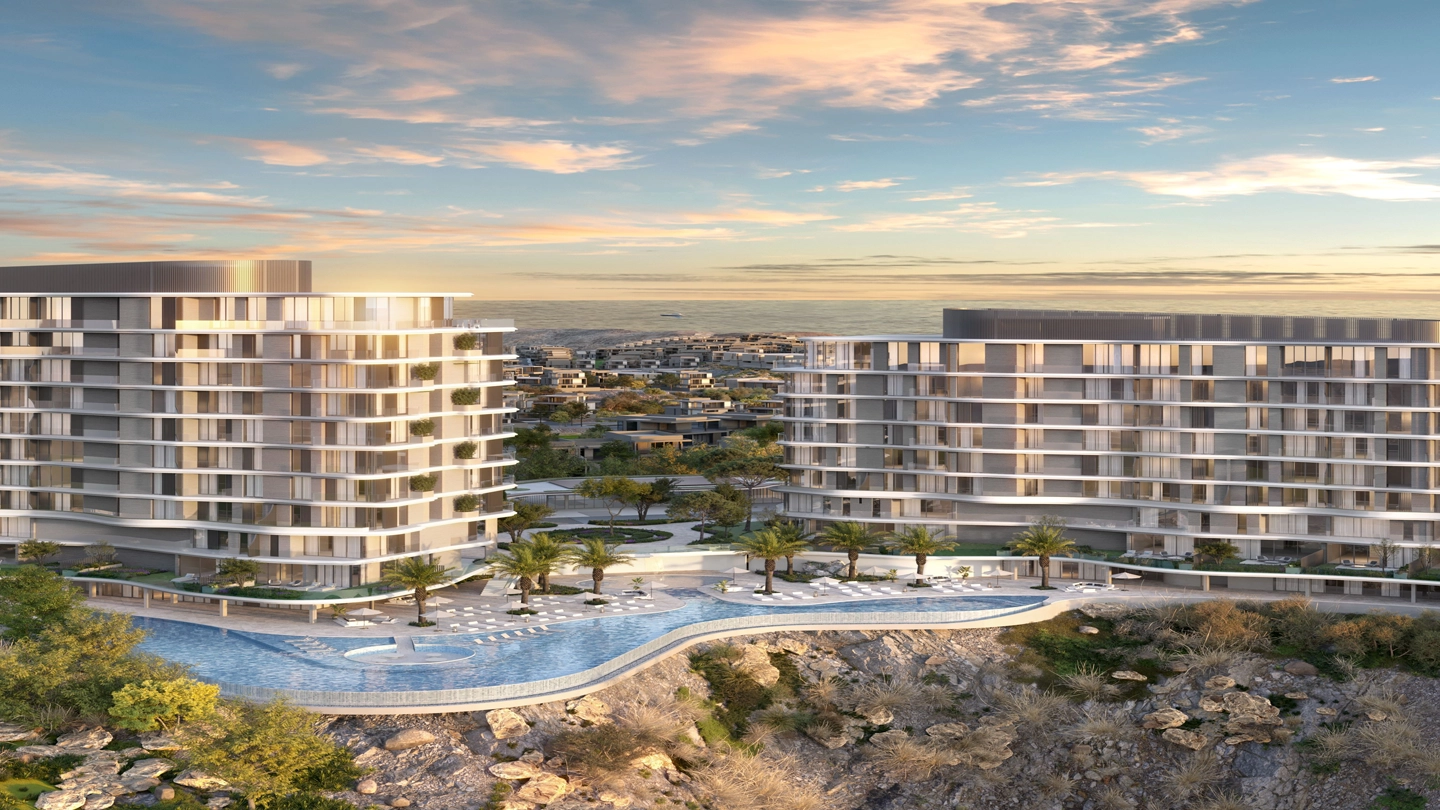Introduction
Saudi Arabia is advancing bold reforms across its real estate sector. As part of Vision 2030, the Ministry of Municipalities and Housing introduced new geographic zones for white land fees in Saudi Arabia in Riyadh in August 2025. It replaces the previous flat fee with a five-tier system. It increases land supply, reduces speculative landholding, and supports balanced urban growth, impacting the Riyadh real estate market.
New Land Tax Zones in Riyadh
The White Land Fees program now divides Riyadh into priority zones. This fee program is based on strategic urban development needs. Only plots within official urban boundaries, with a minimum size of 5,000 square meters (single or aggregated holdings per owner), are subject to the new Saudi Arabia land tax. Owners of multiple smaller parcels will have their total holdings counted together for fee assessment.
A specialized technical committee of licensed appraisers will determine land values and development timelines. The Ministry will review the program annually, adjusting zones, rates, and eligibility to align with urban development priorities and Saudi Real Estate Regulations.
How White Land Fees Aim to Balance Riyadh’s Real Estate Market
White Land Fees in Saudi Arabia are annual charges on undeveloped, developable land intended to discourage land banking and incentivize owners to develop or sell their plots. By making it costly to hold land idle, the government aims to:
- Increase housing supply by bringing more serviced plots to market.
- Moderate land price inflation and improved housing affordability in the Saudi Housing Market.
- Promote fair competition and reduce monopolistic practices.
- Align with Vision 2030 goals of vibrant, sustainable cities and attracting investment.
The new system marks a strategic shift from a uniform 2.5% fee to a flexible, targeted approach that can be adjusted based on market dynamics and policy priorities.
Impact of the Five-Tier Land Tax on Property Development
The updated White Land Fees structure imposes annual fees on undeveloped land according to five tiers based on development priority in the Riyadh Real Estate Market:
| Priority Zone | Annual Fee (% of Land Value) | Description |
|---|---|---|
| Priority Zone 1 | 10% | Highest-priority urban development areas |
| Priority Zone 2 | 7.5% | High-priority development zones |
| Priority Zone 3 | 5% | Medium-priority development zones |
| Priority Zone 4 | 2.5% | Low-priority development zones |
| Outside Priority Areas | Exempt (0%) | Not subject to fees, but included in owner’s total undeveloped land holdings in the city |
- Priority Zone 1 (10%): Applies to the most strategically important and serviced areas, where authorities aim to maximize development impact in Riyadh Property Development.
- Priority Zone 2 (7.5%): Targets high-demand districts with strong infrastructure, reflecting a reduced but still significant incentive for development.
- Priority Zone 3 (5%): Covers areas of less immediate urgency but still within the main urban core.
- Priority Zone 4 (2.5%): Includes less critical zones, where the base fee is applied to encourage development or sale.
- Outside Priority Areas: While exempt from annual fees, these parcels are counted in the owner’s total undeveloped land holdings in the city, preventing evasion by land fragmentation.
All land uses within the urban boundary are subject to fees, regardless of zoning classification, reflecting a broader regulatory scope under Saudi Real Estate Regulations. Exemptions may be granted temporarily for land with genuine development obstacles (e.g., permitting delays, legal disputes), provided owners demonstrate intent and a timeline for development.
A separate fee (up to 5% of assessed rental value) now applies to long-vacant, ready-to-occupy buildings, further discouraging speculative hoarding of developed but unused properties in the Saudi Housing Market.
Encouraging Urban Growth: Saudi Arabia’s Real Estate Strategy
These land tax reforms are part of a bigger real estate strategy to diversify the economy and urbanize. Other key measures include:
- Foreign ownership liberalization: From January 2026, foreign individuals and companies will be able to own property in designated areas. Under the new Law of Real Estate Ownership by Non-Saudis, foreign ownership also includes Riyadh and Jeddah, which will attract international investment and boost Riyadh’s real estate.
- Active development: Saudi Real Estate Regulations state that foreign and local investors must develop their properties, not hold them speculatively.
- Regulatory oversight: The government will monitor to ensure reforms benefit the Saudi Housing Market and national interests.
Wrapping Up
The introduction of five-tier land tax zones and enhanced White Land Fees in Saudi Arabia in Riyadh marks a decisive step toward balancing the real estate market. By making it costlier to hold, the reforms incentivize Riyadh property development, moderate price inflation, and align with Vision 2030 objectives.





_(2)_638647637563832478_820465_.webp)
